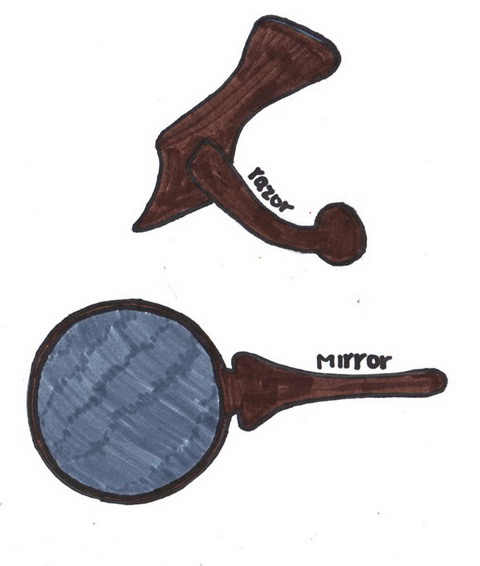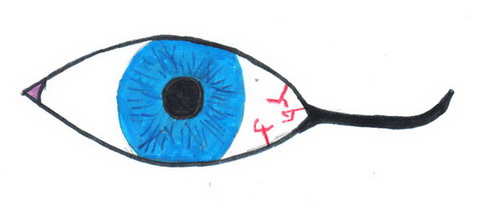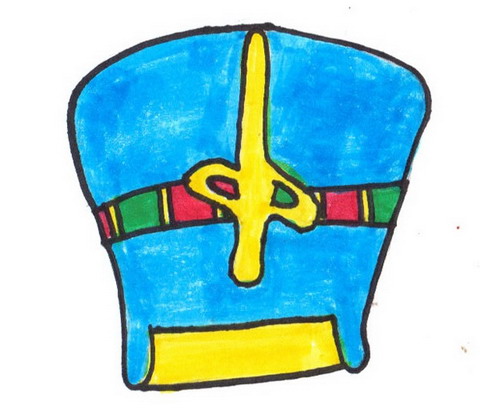“The Great Queen Nefertiti and Ancient Egypt Inventions: Told in first person perspective”
By: Ashlyn B.
U.S.A.
I am Nefertiti. My name means “Beautiful one has come.” I was born 1370 B.C.E. I was the Queen of Egypt. I was the wife of Pharaoh Akhenaten and became his wife at the age of 15 during the 14th century B.C.E.
Before Pharaoh Akhenaten and I were married, he did not rule the throne yet. We ruled together from 1353 to 1336 B.C.E. and we had six daughters, also had a son. We were inseparable in reliefs, often shown riding in chariots together and even kissing in public. It has been stated they we may have had a genuine romantic connection, a dynamic not generally seen in ancient pharaoh depictions.
I was one of the most powerful women to have ever ruled. My allies went to great lengths to display me as an equal counterpart. In several reliefs, I am shown wearing the crown of the pharaoh and injuring my enemies in battle. I was a very wondrous woman who like to know everything and discover new things.
My relationship between my husband and I was more than a wife, but also a co-ruler. I also had my own chariot.
At the end of the twelve year reign of King Akhenaton, one of the princesses died and the other three disappeared. We believed that these three princesses also died.
Later, I wanted to just make something useful for everyone and make my own invention. I decided to ask my husband for some thoughts on my ideas.
As we know, he thinks that just because I am the queen I should do no such thing because people do things for me. What he did not understand was that I wanted to do something by myself for once. So soon I figured out what I could do. I made a “razor” for shaving the hair on your face head or anything on your body. I also made a “mirror” to go with the razor to help you see what you are sharing.
I was a success with my husband and everyone else. I soon started to think about other things that could help people out to make things easier. I mostly thought about things for women because the razor and the mirror were mostly for the men. So, one day, I had a meeting with all of the women and they gave me a bunch of ideas. Some people would even separately come to me for requests about their problems and gave me ways to think about how I could fix them. Most of the women had said that they felt so called “ugly” and that they wished that somehow their faces could be prettier for the men.
I went wandering around one day to try to experiment with nature. I came across a cave. I saw that there were bats in the cave. As I was looking around, I noticed the leavings of the bats. I took a stick and put it in one of the leavings and drew on the wall to see if this may actually help. I took some home with me and it worked with one of my servants. She said that this might work. We came up with the name “eyeliner” because when you put it on your eyes, it brings them out. All of the women felt beautiful now because they said it now helped them believe they were beautiful.
I soon became more cherished because of my inventions. Time passed and I though and thought, and it finally came to me. I wanted to make some kind of devise to help me keep track and time of things. I knew exactly what I wanted. I knew it was going to take me some time to figure out how it was going to work, but the thing that I really could only help make it was water. I wanted to call it a water clock. I finally did figure out how it would work. You would have a bowl pouring over into a little pan leading into a tube that had the numbers 1-12 on it and the water would slowly go into the bowl. Any number that the number ended on was the hour. This was the best invention of all in my opinion.
After my husband’s fourteenth year of ruling, I disappeared. There were no more pictures or any trace of my existence left. I just simply disappeared. I have once of the most mysterious disappearances in all of ancient Egyptian history.





“Disappearance of Nefertiti.” www.biography.com. Retrieved on February 5, 2013.
“Marriage of Nefertiti.” www.kingtutone.com. Retrieved on January 23, 2013.
“Nefertiti as Queen.” www.history.com. Retrieved on January 15, 2013. |
